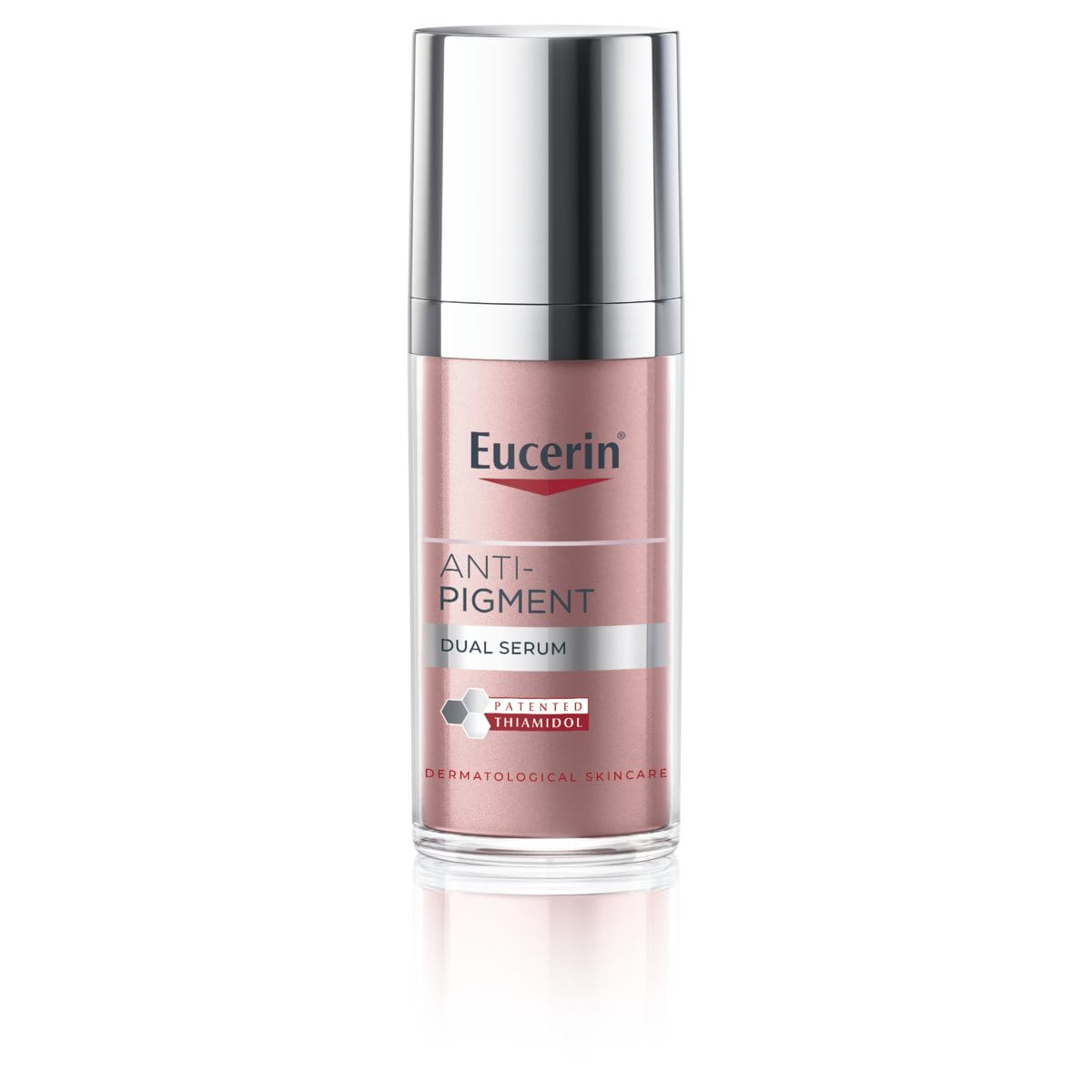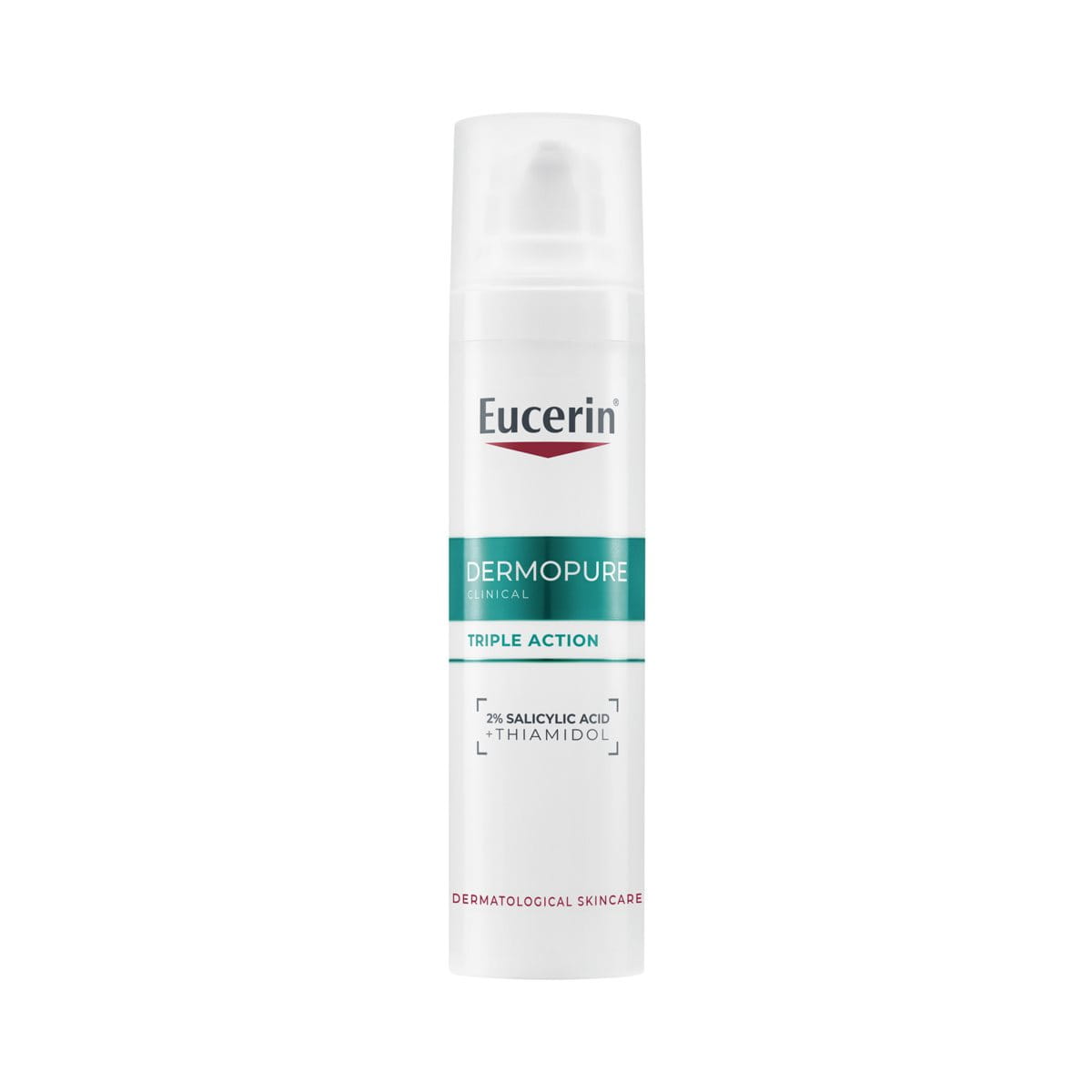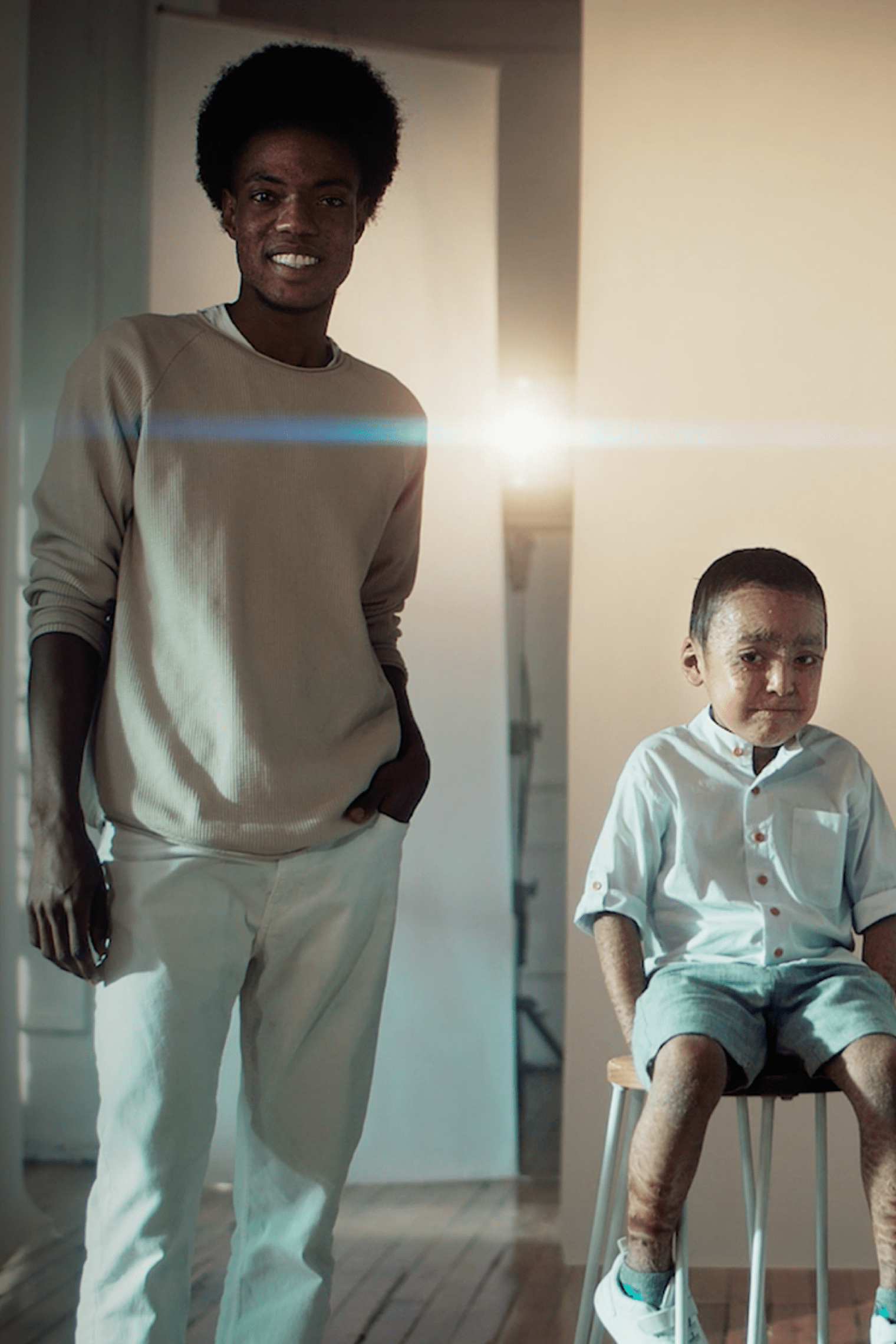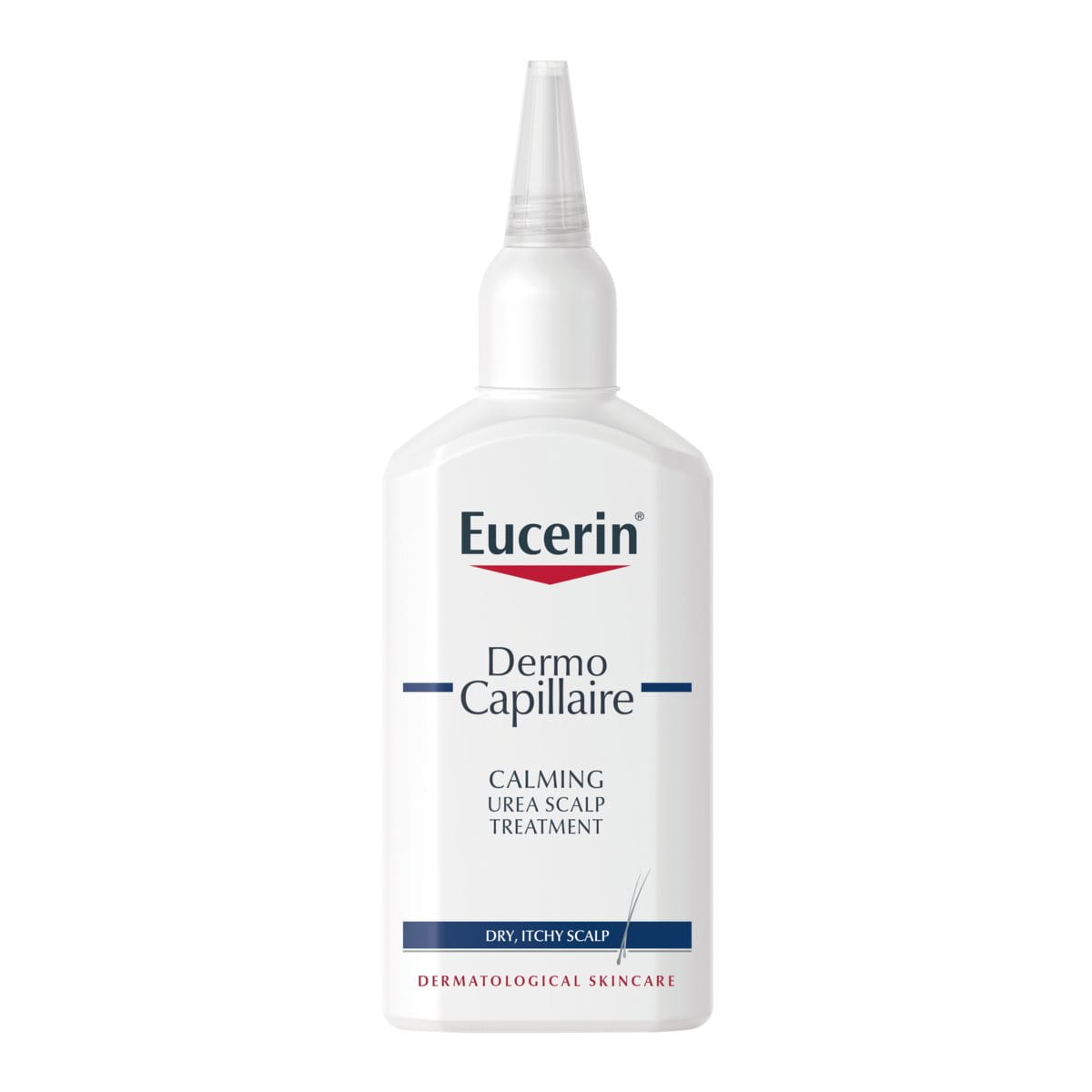Each of the different types of pustular psoriasis are caused by a combination of genetic and environmental factors.
Palmoplantar pustulosis (PPP)
Researchers have identified several risk factors that may contribute to a person developing palmoplantar pustulosis:
- Smoking, or a history of smoking
Studies have shown that up to 90% of people with this condition smoked, or used to smoke
- Family history of palmoplantar pustulosis or psoriasis
- The presence of other autoimmune disorders
Common causes of flare-ups are similar to those for guttate psoriasis, and include:
- Smoking
- Infections, particularly strep throat
- Stress
- Some medications, e.g. steroids
Scientists believe that this condition has a genetic basis, too: mutations in certain genes (IL36RN, CARD14, and AP1S3) are associated with both PPP and ACH, which is discussed below.
Palmoplantar pustulosis is more common among women than it is among men, and it is rare in children.
Acropustulosis (ACH)
The causes of Acropustulosis, or ACH, are not fully understood. In the majority of cases, however, sufferers experienced a minor trauma or infection prior to developing its symptoms. In recent years, several studies have suggested genetic causes of ACH.
ACH usually appears in infants, but it can also affect adults. It often develops after a child has suffered from scabies.
Von Zumbusch psoriasis
Von Zumbusch can develop at any age but predominantly affects adults over the age of 50, and almost always requires treatment in a hospital.
With Von Zumbusch, there are certain specific triggers that can lead to flare-ups:
- Emotional stress
- The sudden discontinuation of corticosteroid drugs
- Medications, including salicylates, lithium, and penicillin
- Excessive sun exposure
- Phototherapy










